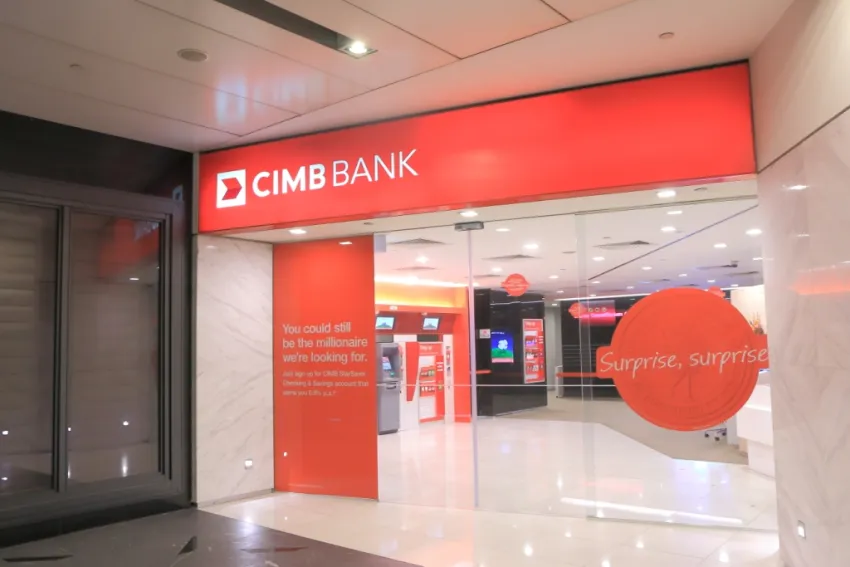
Malaysian banks loan growth remains dismal at 5% in June
Working capital loans failed to recover fast enough.
Malaysian bank lending inched up from 4.9% in May to a dismal 5% in June as working capital loans performed poorly, according to UOB Kay Hian.
Residential property and construction related lending which rose 8.3% and 10.8% respectively drove the measly lending gains for June.
However, working capital loans which were expected to recover this month remained weak at 2.3% growth along with auto loans which contracted 1.1%.
Also read: Will the HSR cancellation dampen Malaysian banks' loan growth?
Analysts believe that Malaysian bank lending is expected to remain weak with little significant changes from this month’s dismal performance.
“We have retained our full-year 2018 loans growth target of 5.0-5.5%, with growth likely to come in at the lower end of our forecasted range,” said UOB analyst Keith Wee Teck Keong.
Also read: Malaysian bank earnings may slow in 2018 amidst new leadership
On the bright side, gross impaired loans remained flat with GIL ratio improving 1 basis point to 1.59%. Non-residential property loans were the only segments that witnessed a large deterioration in asset quality with GIL rising 16%.
Here’s more from UOB Kay Hian:
Deposits growth remained stable at 5.2% yoy in Jun 18 (+4.9% yoy in May 18) leading to relatively stable LDR of 89.7%. However, CASA growth slowed down to 3.8% yoy vs 2017’s 9.4%, whereas fixed deposit growth increased from 2.2% in 2017 to 3.7% in 2018. We noted that the impact of slower CASA growth and stronger fixed deposit growth has had an impact on overall funding cost in the bank’s 1Q18 NIM which only increased by a marginal 1bp despite the benefits of the 25bp overnight policy rate hike.
Post-GE14 macro policy uncertainty could have a slight dampening effect on overall sector growth and hence result in downside risk to earnings. Given this scenario, we advocate a two-pronged strategy to navigate the potentially volatile near-term sector outlook with a focus on banking stocks with defensive earnings qualities and those that have been excessively sold down due to sentiment rather than material changes in fundamentals.
In this respect, we like Public Bank for its defensive qualities and status as a proxy to the consumer and SME segments, and CIMB as we believe the selldown on its share price has been excessive with the group still expected to chart a high single-digit growth recovery in FY18 on the back of lower provisions.




![Lorem Ipsum [ABF 1]](https://cmg-qa.s3.ap-southeast-1.amazonaws.com/s3fs-public/styles/exclusive_featured_article/public/2025-03/a_hand_pointing_to_a_futuristic_technology_5b87c9d0e3_1.png.webp?itok=2w0y1WhS)


![Cross Domain [Manu + SBR + ABF + ABR + FMCG + HBR + ]](https://cmg-qa.s3.ap-southeast-1.amazonaws.com/s3fs-public/styles/exclusive_featured_article/public/2025-01/earth-3537401_1920_4.jpg.webp?itok=WaRpTJwE)







 Advertise
Advertise

